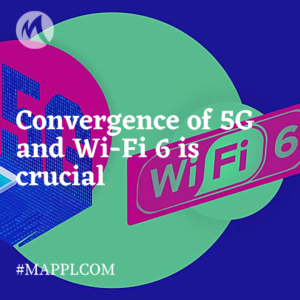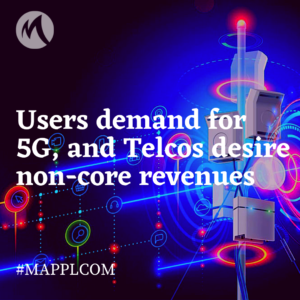What does “Smart City and Region” platform require?

Smart City and region program is one of the most prospective governmentally supported projects in the sphere of urban management and development. Development of smart cities is becoming a major concern for states all over the world. Perhaps different nations have chosen different paths, the key to success is always the same – through integration of masses of data sets from different silos, which are gleaned from infrastructure in the medicine sector, constructions and buildings management, energy supply, mobility and transport systems or monitoring of environmental conditions, then store this information, carefully examine and, finally, leverage to make a city more efficient, sustainable and better for its citizens.
In order to moderate data-flow a whole system of facilities has to be implemented: form sources directed at gathering necessary information to huge Data-centres capable of analysis, data-management and proceeding results. The best opportunity on the first stage (collecting of information) is to use IoT-type sensors placed everywhere to collect useful data, thus, generating massive amount of information to be communicated, analysed and fed back to the infrastructure to impose changes in how smart cities operate.
Since most big cities are being saturated with IoT-based technologies, which demonstrates vast quantities of data on an hourly basis, it’s obvious, some experts say, that the most effective way of development is one connected with 5G which will play a pivotal role in handling these oceans of information and turning them into a shorter wait at the traffic lights, or less water wastage.
According to the global 5G-providers, this technology heralds the arrival of ultra-low latency – the ability of a gadget, machine or device to respond instantly with 5G network. Bringing critical business and healthcare services much closer to customers and some other advances in mobile edge computing are among main benefits being mentioned. It also opens up a whole host of new smart city applications such as drivers being guided to available parking spaces, to buildings that intelligently manage their own energy consumption, from smart street lighting to bins that report when they need emptying. The main goal for all the stakeholders now – to follow the changes and be ready to implement new tools to take advantage of being a first-comer.

